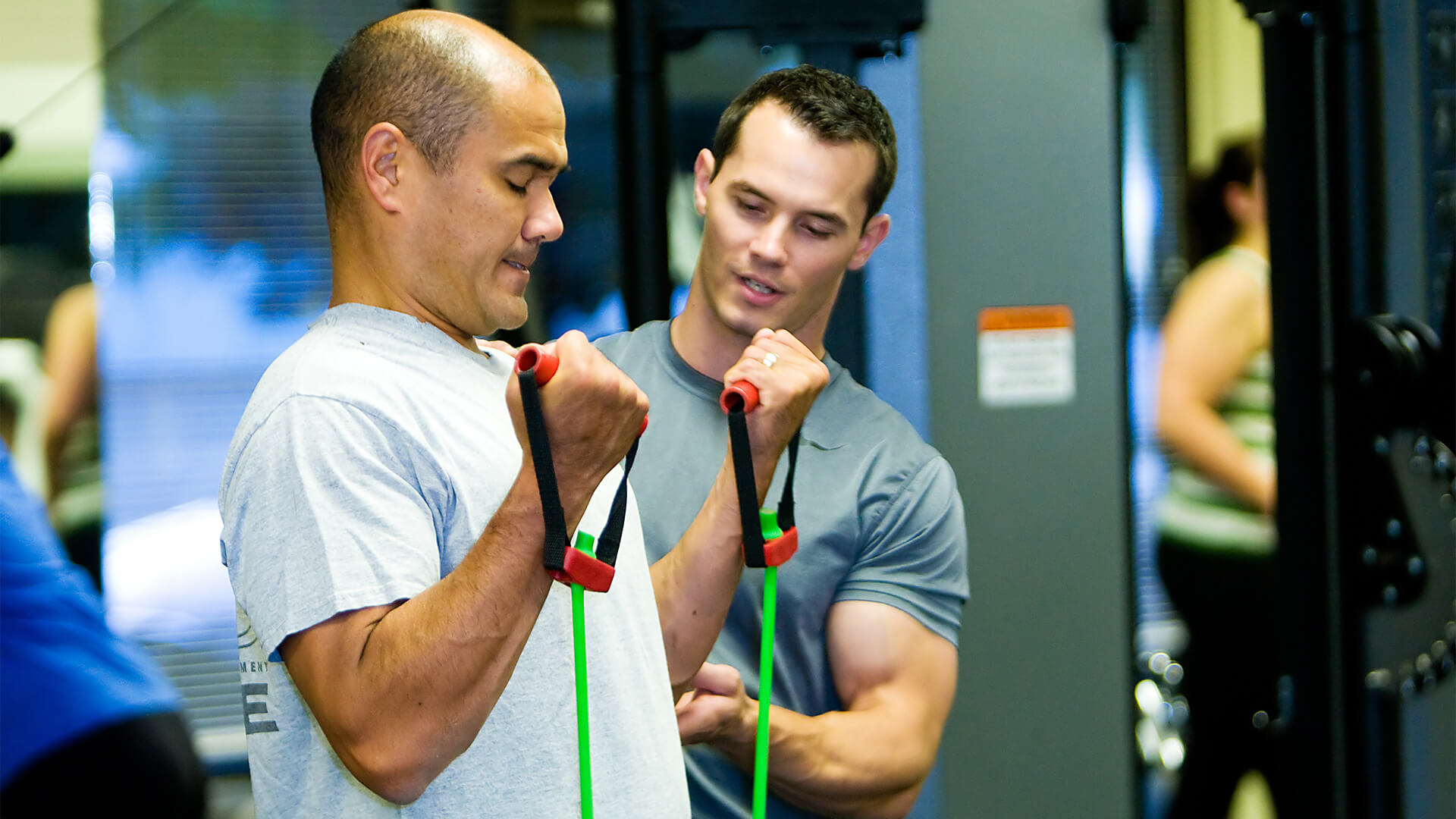Are you looking to change careers? Perhaps you’re a sports professional who is contemplating what the future holds after they retire, or you’re someone who is passionate about sports and would love to help athletes to look after themselves and perform at their best. Maybe you’re passionate about helping people to maintain their mobility and prevent injury as they grow older, or work in physically demanding jobs.
If so, being an athletic trainer could be the career choice for you. You will be working in a field that brings real job satisfaction, and you will be setting yourself up in a stable career into the bargain.
What is an athletic trainer?
An athletic trainer is a healthcare professional who works with athletes and professionals to prevent, diagnose and treat injury. They draw on their extensive knowledge and training and take a highly personalized approach to their work, allowing them to design treatment and rehabilitation plans that take into account not only the medical history of the individual that they are working with but their athletic goals as well.
Athletic trainers focus heavily on preventative care. They work with physicians and other healthcare professionals to prevent injury and illness and protect wellbeing. Still, they also work in clinical evaluation and diagnosis, emergency care, and treatment and rehabilitation. An athletic trainer will generally work with an organization rather than being employed by a specific individual, so they are also concerned with ensuring that the organization is operating in a way that is conducive to the wellbeing of its athletes or professionals.
What is the difference between an athletic trainer and a personal trainer?
There is sometimes confusion over whether an athletic trainer and a personal trainer are the same thing; however, the two professions are vastly different.
A personal trainer will generally work in a gym or health club, helping members of the public to reach their fitness goals. They will write diet and exercise plans that are unique to the individual and help them to stick to them. Generally, a personal trainer will be certified to work with clients, but they won’t be educated to a degree or master’s level in their field.
Athletic trainers work with athletes and professionals rather than members of the public, and they will be employed within an organization such as a school, business or sports team. They are concerned with injury prevention and treatment as opposed to general fitness. Athletic trainers are educated to a degree or master’s level in their field; they are a medical professional.
There isn’t a great crossover between the two professions. However, a personal trainer might work with the client of an athletic trainer who is in recovery from an injury to help them design and stick to an exercise or diet routine for rehabilitation purposes.
Who benefits from seeing an athletic trainer?
Any athlete or professional in a physically demanding job can benefit from seeing an athletic trainer, whether they have been injured or not. Injury prevention is paramount in helping athletes and professionals not only maintain their careers but their quality of life too.
Athletic trainers work with athletes and professionals in a variety of settings:
- Public and private schools, colleges and universities. They will work with the school sports team, and particularly any individuals who are hoping to forge a professional or Olympic sports career.
- Youth leagues, municipal or independently owned youth sports facilities.
- Within a physician practice, similar to any other health professionals, they will see individuals who are referred to them there.
- Rural and urban hospitals, emergency care departments.
- Clinics with specialties in sports medicine, cardiac rehab, medical fitness, wellness and physical therapy.
- Occupational health departments in commercial settings, including offices (to assist with ergonomics), manufacturing and distribution (to help with injury prevention and rehabilitation).
- Police and fire departments, and some branches of the military.
- Performing arts organizations such as circus schools, and professional and collegiate level dance and music.
How do you become an athletic trainer?
Athletic trainers must graduate from an accredited professional program. Currently, athletic training programs are at both bachelors and master’s level. Still, within the next six to seven years, all students wishing to pursue the career will have to have a masters in athletic training.
Once you have graduated, you can then take an exam offered by the Board of Certification, which will allow you to practice. You will need to maintain ongoing education and certification requirements to keep your credential throughout your career.
As accreditation is so important, it’s important when you are choosing your master’s course that you select one that has a good pass rate for the certification exam, and provides a clinical experience so that you are ready to begin practice as soon as you qualify. It’s also a good idea to seek out a course with a solid alumni network, as this kind of network can be invaluable for helping you to locate career opportunities, particularly when you are at the start of your career.
Is athletic training a good career choice?
According to the Bureau of Labor Statistics, the employment of athletic trainers is likely to grow 19% between 2018 and 2028, which is much faster than the average for all occupations. The demand is expected to increase as the population ages and remains active, and as people become more aware of sports-related injuries.
In May 2019 the median pay for athletic trainers was $48,440, which is higher than the average salary of $39,810. Salaries can range from $38,000 to $82,000 dependent on who you are working for and which state you are working in, as well as your level of experience.

















